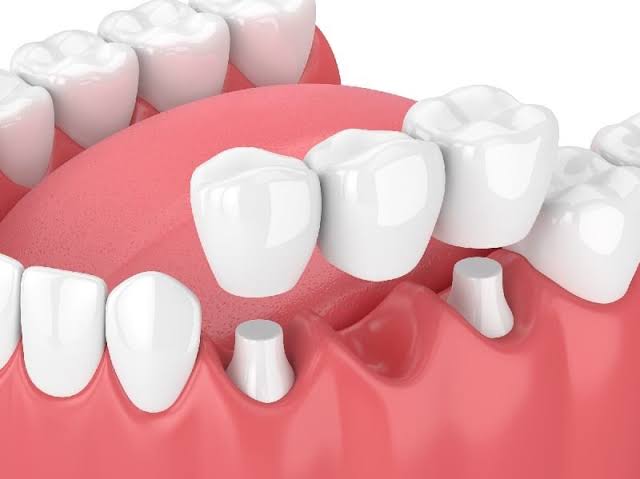
Dental Bridge
The loss of a single tooth can have a major impact on our dental health and personal appearance. Our teeth support and rely on each other. When one or more teeth are missing, the remaining teeth can shift out of their normal position.
A dental bridge is typically recommended for dealing with tooth loss. This comprises two dental crowns that are either placed on the natural teeth or supported by dental implants, with one or more artificial teeth suspended in between. With a dental bridge, the missing tooth is replaced which helps prevent the natural teeth from shifting or moving.
Materials Used for a Dental Bridge
Dental bridges can be made out of different materials. These include the following:
- Porcelain
- Zirconia
- Porcelain fused to metal
- Metal
The materials used to create the dental bridge will vary depending on the unique needs and goals of the patient, as well as the recommendation of the dentist.
Benefits of Dental Bridges
Aside from preventing the remaining teeth from shifting out of position, a dental bridge also has the following advantages:
- Restores a person’s ability to properly chew and speak
- Helps preserve the natural function and position of the teeth


